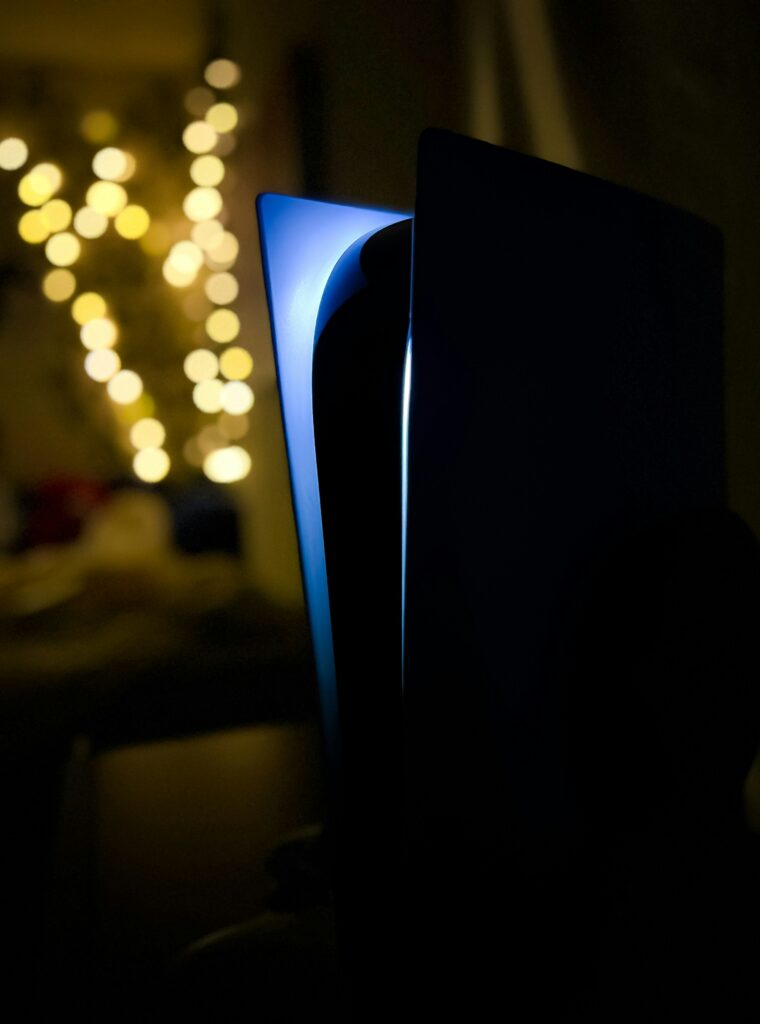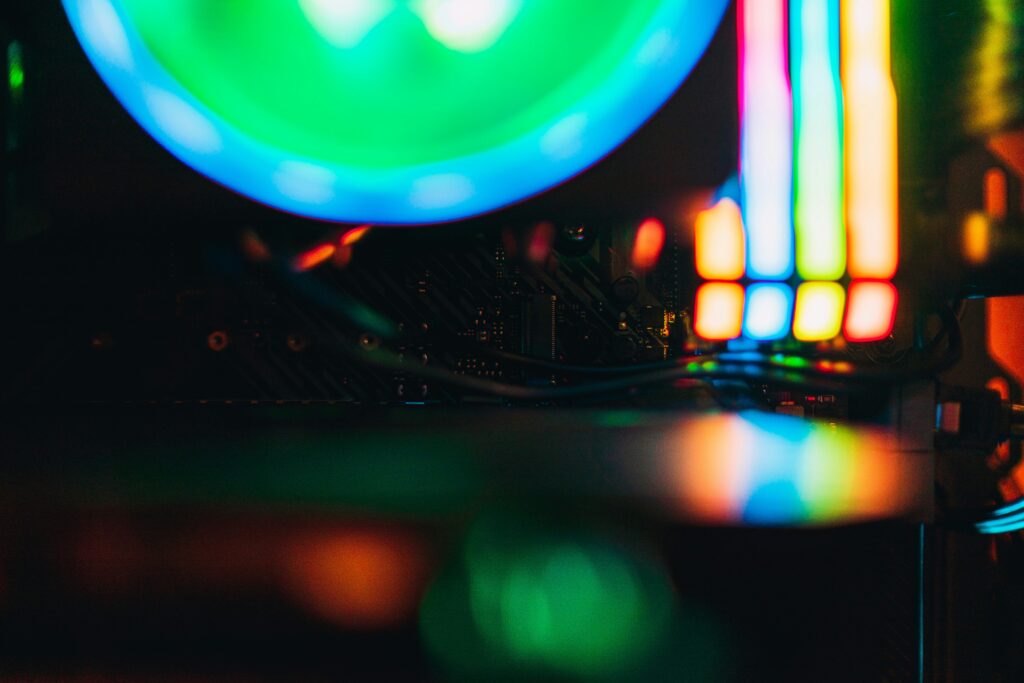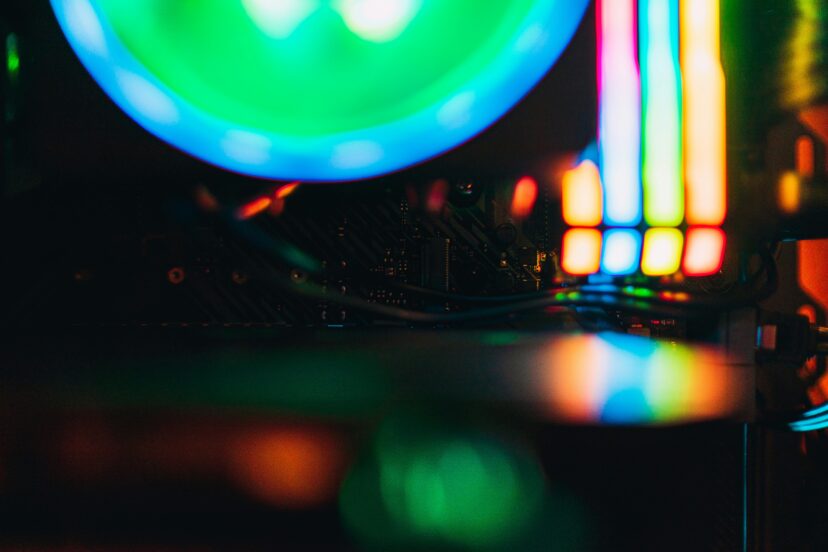What Are The Best Practices For Game Lighting And Shading?
In the fascinating world of game design, lighting and shading play a crucial role in enriching the player experience and bringing digital environments to life. When we talk about the best practices for these techniques, we’re diving into a combination of art and science that transforms flat graphics into immersive worlds. From understanding the importance of light sources to mastering shadow casting, we will explore how balancing realism with creativity can make all the difference in our game development projects. Have you ever wondered what separates an average video game from an extraordinary one? While compelling storylines and advanced mechanics contribute significantly, it’s the lighting and shading that often enhance the immersive experience. Good lighting and shading can transform digital landscapes into believable worlds, filled with mood, atmosphere, and realism.
So, what exactly are the best practices for game lighting and shading? Let’s dive into this illuminating topic and explore the various elements that contribute to making a video game visually stunning.
Fundamental Concepts of Lighting and Shading
Before we delve into the best practices, it’s essential to grasp the basic concepts of lighting and shading in the gaming world. Understanding these fundamentals helps us better apply advanced techniques.
Lighting
Lighting in video games refers to the methods used to illuminate the virtual environment. Effective lighting adds depth, dimension, and atmosphere, making the game world more engaging and lifelike.
Shading
Shading involves how light interacts with surfaces. It’s more than just the darkness and shadows; it includes the colors, textures, and nuances that make objects appear realistic or stylized.
Types of Lighting in Games
Different types of lighting serve unique purposes in game design. Let’s explore some of the most commonly used lighting types.
Ambient Light
Ambient light is the most basic form of lighting, providing a uniform level of light throughout the environment. It’s typically used to ensure that no areas are entirely dark.
Directional Light
Directional light simulates light coming from a distant source, like the sun. It affects all objects in the game and is often used for outdoor scenes.
Point Light
Point lights emit light in all directions from a single point, similar to a light bulb. They are ideal for adding localized light sources, such as lamps or torches.
Spot Light
Spot lights emit light in a cone shape and are perfect for focused lighting, such as a flashlight or stage lighting in a game.
Area Light
Area lights emit light from a specified area or surface, useful for simulating large light sources like windows or overhead lights.
Global Illumination
Global illumination refers to the way light bounces around the environment, affecting both the direct and indirect illumination of objects. This technique greatly enhances realism.

Techniques for Effective Game Lighting
Achieving effective lighting isn’t just about choosing the right type. It requires a combination of techniques to create an immersive experience.
Light Placement
Strategically placing lights can highlight key areas and influence the player’s focus. Proper light placement enhances the storytelling and the overall atmosphere of the game.
Color Temperature
Different light sources emit different color temperatures, which can drastically affect the mood. Warm tones create a cozy atmosphere, while cool tones can evoke feelings of cold or fear.
Dynamic Lighting
Dynamic lighting changes in response to in-game events, making the environment feel more interactive and alive. This technique is particularly effective for horror and adventure games.
Light Maps
Light maps pre-calculate the lighting of a scene and store it in a texture. This method is resource-efficient and can greatly enhance the look of static environments.
High Dynamic Range (HDR)
HDR lighting allows for a greater range of light and dark, making scenes look more realistic. It makes bright areas stand out without losing detail in the dark areas.
Volumetric Lighting
Also known as “God Rays,” volumetric lighting simulates beams of light passing through particles in the air, adding a dramatic effect. It’s frequently used in scenes with fog or dust.
Best Practices for Game Shading
Just like lighting, shading is vital for creating an immersive game world. We need to consider several best practices to achieve realistic and visually appealing shading.
Use of Normal Maps
Normal maps add detailed textures to polygons without increasing their number, making surfaces appear more complex and realistic. They are essential for detailed environments and characters.
Specular Maps
Specular maps control the shininess and highlight properties of surfaces. They help differentiate between materials like metal, wood, and fabric.
Ambient Occlusion
Ambient Occlusion (AO) adds depth by simulating how light decreases in tight spaces, like corners or creases. It’s a subtle but important factor in making the world look more realistic.
Subsurface Scattering
Subsurface scattering mimics how light penetrates translucent materials like skin. This technique is crucial for rendering realistic characters and organic materials.
PBR Shading
Physically Based Rendering (PBR) uses algorithms to simulate how light interacts with materials in the real world. It’s a comprehensive approach that ensures materials look consistent under various lighting conditions.
Custom Shaders
Custom shaders allow developers to create unique visual effects that can’t be achieved with standard shaders. These can add a distinct style or specific visual storytelling elements.

Tools and Software for Lighting and Shading
Utilizing the right tools and software can make a significant difference in implementing effective lighting and shading. Here are some of the most popular tools used in the industry.
| Tool/Software | Description | Use Case |
|---|---|---|
| Unity | A versatile game engine with extensive lighting and shading capabilities. | Ideal for indie developers and small teams. |
| Unreal Engine | Known for its powerful rendering capabilities, including dynamic lighting and advanced shading. | Perfect for AAA games and high-fidelity projects. |
| Blender | Open-source 3D creation software with excellent lighting and shading tools. | Great for modeling and prototyping. |
| Maya | Industry-standard 3D software used for complex animations and detailed modeling. | Best for large teams and complex projects. |
| Substance Painter | Focuses on texturing and material creation, offering advanced PBR shading options. | Perfect for detailed texturing and materials. |
Common Mistakes and How to Avoid Them
While lighting and shading can significantly enhance a game, common mistakes can detract from the experience. Here, we discuss some pitfalls and how to avoid them.
Overuse of Light Sources
Too many light sources can make the scene look unrealistic and confuse the player. Use light sources strategically to draw attention to important elements.
Incorrect Light Intensity
Lights that are too bright or too dim can spoil the immersion. Balance the light intensity to ensure the environment feels believable.
Ignoring Shadow Quality
Poor shadow quality can break the realism. Ensure shadows are crisp and properly aligned with light sources to maintain immersion.
Overly Complex Shaders
While custom shaders can create unique effects, overly complex ones can drain performance. Keep shaders optimized to balance visual quality and performance.
Neglecting Post-Processing
Post-processing effects like bloom, motion blur, and color correction can enhance the final look. Neglecting these can result in a less polished appearance.

Case Studies of Exceptional Game Lighting and Shading
Let’s explore some case studies of games that have excelled in lighting and shading, setting benchmarks for the industry.
The Last of Us Part II
This game utilizes dynamic lighting, volumetric fog, and global illumination to create a deeply immersive environment. The realistic character shading and detailed textures set a new standard for visual storytelling.
Red Dead Redemption 2
Rockstar Games used advanced shading and lighting techniques to bring the wild west to life. The game’s day-night cycle, weather effects, and atmospheric lighting make it visually stunning.
Control
Control leverages real-time ray tracing to achieve unparalleled lighting realism. The interplay between light and shadow, combined with PBR materials, makes the game a visual masterpiece.
Future of Game Lighting and Shading
As technology advances, the future of game lighting and shading looks incredibly promising. Real-time ray tracing, AI-driven lighting, and procedural shading are just a few innovations on the horizon.
Real-Time Ray Tracing
Ray tracing simulates the way light interacts with objects in real-time, offering unprecedented visual fidelity. While currently resource-intensive, future optimizations will make it more accessible.
AI-Driven Lighting
AI can automate and optimize lighting in real-time, adjusting to various conditions and enhancing the overall visual experience. It can significantly reduce the workload for game developers.
Procedural Shading
Procedural shading generates textures and materials algorithmically, making them highly customizable and efficient. This technique offers limitless possibilities for unique visual effects.
Conclusion
Effective lighting and shading are pivotal for creating immersive, believable game worlds. By understanding the types of lighting available, using advanced techniques judiciously, and continually evolving with new technologies, we can craft visually stunning experiences that captivate players.
So, the next time you play a game and find yourself lost in its world, take a moment to appreciate the lighting and shading that make it all possible. Understanding these elements not only enriches our appreciation but also empowers us to create the next generation of visually stunning games.




